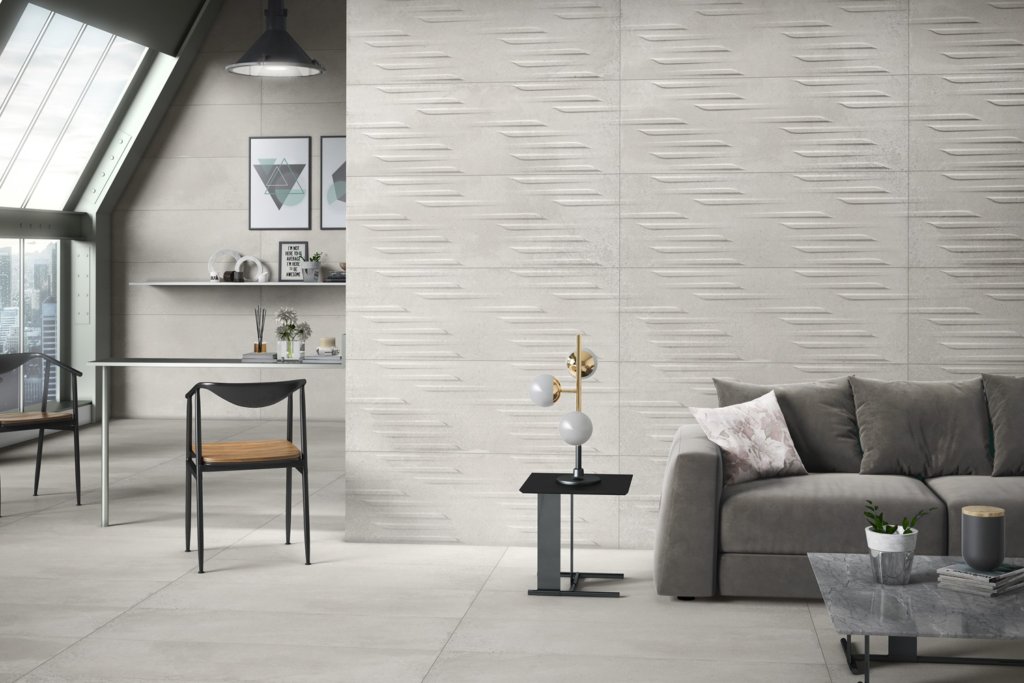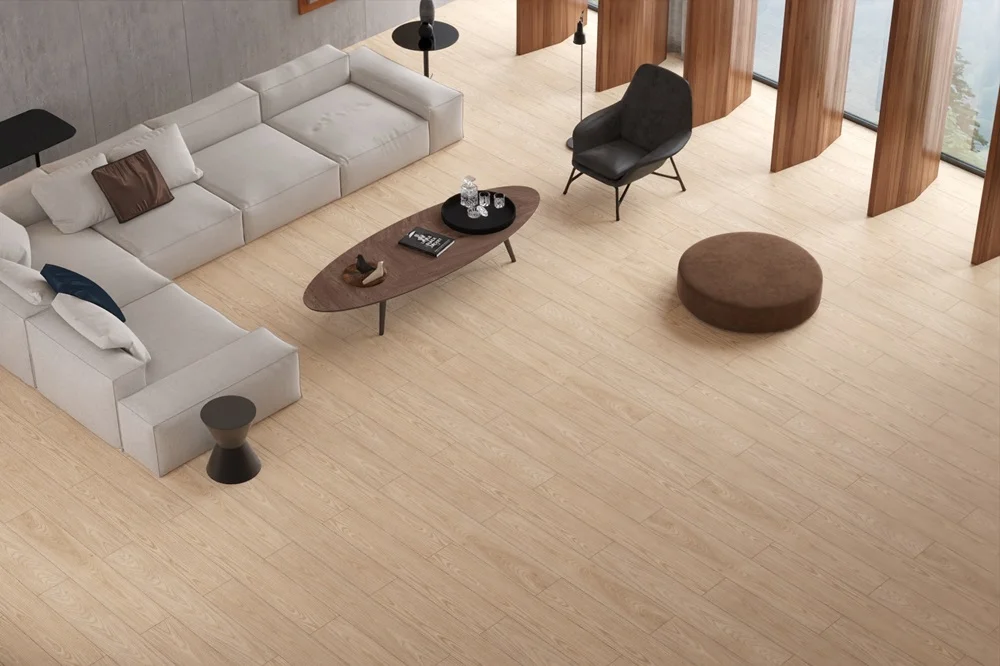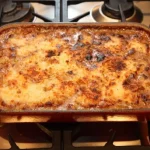Tiles are more than just a design choice—these are style and functionality statements. From sleek porcelain floors to intricate mosaic backsplashes, tiles enhance homes, offices, and commercial spaces with their durability and visual appeal.
But how can you ensure they stay spotless and long-lasting despite daily wear and tear?
A well-maintained tile surface preserves its aesthetic beauty and prevents damage, saving you from costly repairs or replacements.
This blog explores tailored maintenance techniques for different tile types, helping you keep your surfaces looking flawless for years to come.
The Importance of Tile Care for Longevity and Aesthetics
Regular cleaning and protective treatments can ward off deterioration and prevent the emergence of stubborn stains, ensuring that your tiles remain both visually appealing and structurally sound over time.
Proper tile care is essential for longevity and maintaining a clean and inviting atmosphere. Choosing the perfect tile flooring for high-traffic areas is equally important, as some tiles require more maintenance than others to withstand daily wear and tear.
With so many types of tiles, understanding each type’s specific needs is crucial to achieving the best results.
Let’s explore the unique care instructions for different tile types.
Types of Tiles and Their Unique Maintenance Needs
Each tile material has specific properties that dictate how it should be cleaned and preserved. Below are the common tile types and their unique care requirements.
Ceramic
Ceramic tiles are a classic and versatile choice for walls and floors. They are relatively easy to care for, making them popular in residential and commercial spaces.
With the global ceramic tile market projected to reach USD 306.73 billion by 2030, their demand continues to grow due to durability and aesthetic appeal. Ceramic tiles are non-porous, which resist moisture but can still accumulate dirt and stains.
Maintenance Tips for Ceramic Tiles:
- Regular cleaning with warm water and mild soap is usually enough to maintain the shine and cleanliness of ceramic tiles.
- Avoid using abrasive scrubbing tools that could damage the tile surface.
- Apply a tile sealer every 1-2 years to protect grout lines from stains.
Porcelain
They are known for their strength and dense composition, making them ideal for indoor and outdoor applications. Due to their durability and resistance to moisture, they are often used in high-traffic areas.
Maintenance Tips for Porcelain Tiles:

- Use a mild detergent mixed with water to clean them. Avoid harsh cleaners that can strip away the glaze.
- A soft-bristled brush or a nylon scrubber can be used for stubborn stains.
- They are typically resistant to staining, but sealing the grout will prevent discoloration.
Marble
They bring a touch of luxury to any space, but due to their porous nature, they require a bit more maintenance. They are susceptible to scratches and staining, especially from acidic substances.
Maintenance Tips for Marble Tiles:
- Clean marble tiles using a pH-neutral cleaner, as acidic cleaners can damage the stone.
- Wipe up spills immediately to prevent staining, particularly from substances like wine or citrus juices.
- Consider applying a sealant to protect the surface and minimize the risk of staining.
Granite
They are one of the most durable options, with natural strength that resists cracks and chips. However, like marble, granite tiles must be sealed to prevent staining and maintain a glossy appearance.
Maintenance Tips for Granite Tiles:
- Regularly wipe granite tiles with a soft cloth and a mild soap solution.
- Granite is more heat resistant than many other tiles, making it a great choice for kitchen applications.
- Re-seal the granite surface every 1-2 years to maintain its protective barrier.
Glass
These offers a sleek, modern look and are popular in kitchens and bathrooms. They’re easy to clean but prone to smudges and water spots.
Maintenance Tips for Glass Tiles:
- Use a microfiber cloth to wipe down glass tiles and remove fingerprints or watermarks.
- Avoid abrasive cleaning materials that can scratch the glass surface.
- Clean grout lines regularly to prevent staining and discoloration.
General Tile Maintenance Tips

Regardless of the type of tile, some general maintenance practices will help preserve the condition of your tiles and ensure they look new for longer.
Regular Cleaning Techniques
For most tiles, a gentle mop with warm water is sufficient. For particularly dirty areas, a mild detergent or tile cleaner can help.
- Avoid excess moisture – While tiles are water-resistant, excess moisture can damage grout lines and cause mold or mildew to form.
- Microfiber cloths are great for polishing tiles and ensuring streak-free surfaces. For example, subway tiles that are widely used in bathrooms can often show watermarks, making them perfect for maintaining a streak-free look.
Avoiding Harsh Chemicals
Many commercial cleaning products contain harsh chemicals that can degrade tile surfaces over time. Stick to pH-neutral cleaners or those specifically designed for your type of tile. Avoid bleach or ammonia-based cleaners, especially on natural stone tiles.
Preventing Stains and Damage
Stains and damage can be avoided with proactive care. Here are a few tips to prevent wear and tear:
- Place mats or rugs in high-traffic areas to reduce dirt buildup.
- Use coasters under glassware or beverages to prevent spills on marble or granite tiles.
Troubleshooting Common Tile Problems
Even with the best maintenance practices, tiles can still face common issues. Knowing how to troubleshoot these problems can save you time and money.
Cracked or Chipped Tiles
Cracks and chips can occur over time, especially in high-traffic areas. To fix them:
- Replace the damaged tile immediately to avoid further damage to surrounding tiles.
- For minor chipping, a tile repair kit can temporarily seal the area.
Grout Discoloration
It can get discolored over time, especially in areas with heavy moisture. Regularly cleaning grout with a specialized or steam cleaner can help restore its original color.
Scratches and Streaks
Scratches and streaks can occur on natural stone tiles if harsh cleaning tools are used. Always use non-abrasive wiping cloths to avoid leaving marks.
Mold & Mildew
Tiles in damp areas like bathrooms or kitchens are susceptible to mold and mildew. To prevent their growth:
- Ventilate the space properly by using exhaust fans or keep windows open.
- Use an anti-fungal cleaner to remove any visible signs of mildew.
The Best Tools for Tile Care
Having the right tools simplifies tile maintenance and enhances cleaning efficiency. Factors to consider before buying tiles include the tile’s material, finish, and intended use, as this will determine the tools needed for proper care.
- Microfiber Cloths – Ideal for streak-free cleaning, especially for glossy tiles.
- Grout Brushes – Essential for deep-cleaning grout lines and preventing buildup.
- Mops with Microfiber Pads – Offer gentle, effective cleaning without scratching tile surfaces.
- Tile and Grout Cleaner (pH-neutral) – Ensures safe and effective cleaning without damaging tile integrity.
- Tile Sealer Applicator – Helps seal porous tiles and grout, reducing moisture penetration and stains.
Conclusion
Proper tile maintenance is essential for keeping your tiles’s in top shape, preserving their aesthetics, and enhancing their longevity. With the right care, each type of tile – whether ceramic, porcelain, marble, granite, or glass – can offer long-term aesthetic and durability.
Adhering to recommended maintenance practices, addressing common issues effectively, and utilizing appropriate care products will ensure the longevity and enduring beauty of your flooring.







